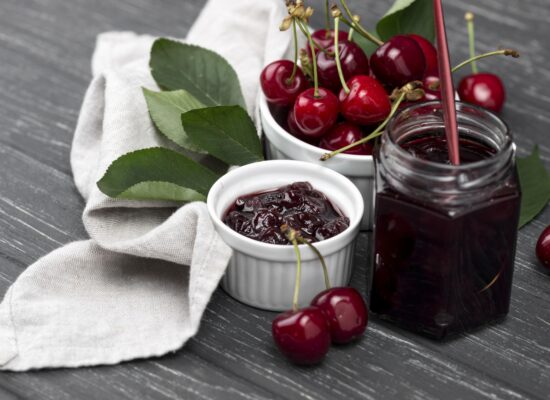Food: The Ultimate Guide to Understanding and Choosing the Best for Your Health
Food is the cornerstone of our daily lives, providing the necessary nutrients to fuel our bodies and minds. However, not all foods are created equal, and understanding the different types of food available can help you make healthier choices. This guide will delve into various food categories, their benefits, and tips on how to choose the best options for a well-balanced diet.
The Basics of Whole Foods: Why They Should Be Your Go-To
Whole foods are the most natural and unprocessed form of food, offering the highest nutritional value. These foods include fresh fruits, vegetables, whole grains, nuts, seeds, and lean proteins. They are rich in essential nutrients like vitamins, minerals, fiber, and antioxidants, all of which contribute to better health and well-being.
Choosing whole foods as the foundation of your diet can lead to numerous health benefits, including improved digestion, better energy levels, and a lower risk of chronic diseases such as heart disease, diabetes, and cancer.
Processed Foods: What You Need to Know
Processed foods are those that have undergone some level of alteration during preparation. This category includes foods that have been canned, frozen, or packaged, as well as those that have had salt, sugar, or fat added to them. While not all processed foods are unhealthy, it’s essential to read labels carefully and choose options with minimal additives.
For example, canned vegetables can be a convenient and healthy option if they are packed in water without added salt or sugar. Similarly, whole grain bread is a processed food that can still be part of a healthy diet if it contains minimal ingredients and no artificial preservatives.
Ultra-Processed Foods: The Risks and How to Avoid Them
Ultra-processed foods are products that have been heavily modified and often contain artificial ingredients like flavorings, preservatives, emulsifiers, and colorings. These foods are typically high in calories, sugar, unhealthy fats, and sodium, but low in essential nutrients.
Examples of ultra-processed foods include sugary cereals, soft drinks, packaged snacks, and ready-to-eat meals. Regular consumption of these foods has been linked to various health issues, such as obesity, heart disease, and certain types of cancer.
To reduce your intake of ultra-processed foods, focus on cooking at home using whole ingredients. This way, you can control what goes into your meals and ensure you’re nourishing your body with the best possible foods.
Tips for Incorporating Healthier Foods into Your Diet
- Plan Your Meals: Planning meals in advance can help you make healthier choices and avoid the temptation of ultra-processed foods. Include a variety of whole foods in your meal plans, such as fruits, vegetables, whole grains, and lean proteins.
- Read Labels: When purchasing packaged foods, take the time to read the labels. Look for products with minimal ingredients and avoid those with artificial additives or excessive amounts of sugar, salt, and unhealthy fats.
- Cook at Home: Cooking at home allows you to have full control over the ingredients in your meals. Experiment with new recipes that incorporate whole foods and try to make cooking a fun and enjoyable part of your routine.
- Stay Hydrated: Drink plenty of water throughout the day, and try to limit your intake of sugary drinks. Herbal teas and infused water are excellent alternatives that can keep you hydrated without added sugars or calories.
Food is more than just sustenance—it’s a critical component of your health and well-being. By making informed choices and focusing on whole, minimally processed foods, you can enjoy a healthier and more vibrant life.











































